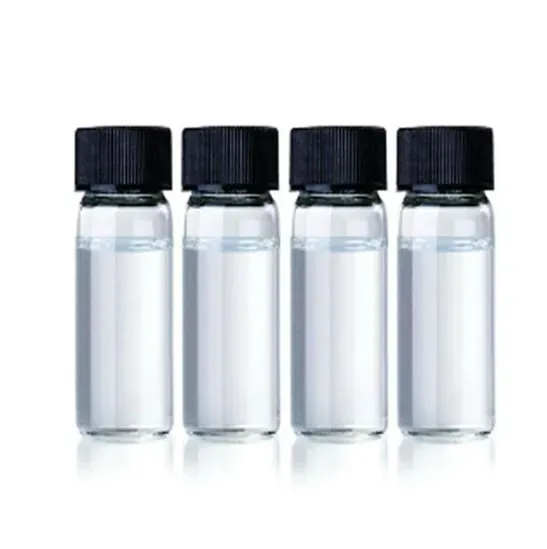Warning: Undefined array key "title" in /home/www/wwwroot/HTML/www.exportstart.com/wp-content/themes/1198/header.php on line 6
Warning: Undefined array key "file" in /home/www/wwwroot/HTML/www.exportstart.com/wp-content/themes/1198/header.php on line 7
Warning: Undefined array key "title" in /home/www/wwwroot/HTML/www.exportstart.com/wp-content/themes/1198/header.php on line 7
Warning: Undefined array key "title" in /home/www/wwwroot/HTML/www.exportstart.com/wp-content/themes/1198/header.php on line 7
Dec . 30, 2024 02:51 Back to list
Exploring the Sweetness of Saccharin and Its Impact on Taste Perception
The Sweet Revolution Understanding Saccharin
Saccharin, one of the oldest artificial sweeteners, has a storied history and a prominent place in the evolving narrative of dietary preferences. Discovered in the late 19th century, this compound once defined the landscape of sugar alternatives and remains a topic of discussion in nutrition and food science today.
A Brief History
Saccharin was discovered in 1879 by a chemist named Constantin Fahlberg, who accidentally discovered the sweet compound while working on coal tar derivatives. Its sweetening properties were substantial — approximately 300 to 500 times sweeter than sucrose (table sugar). This made it an attractive alternative for those looking to manage their sugar intake, particularly for diabetic patients or those concerned about weight gain.
During World War I and II, sugar scarcity prompted a surge in saccharin’s popularity. The low-calorie sweetener offered a solution to sweeten foods and beverages without the calorie load of traditional sugar. However, the methods of production and widespread use came under scrutiny, particularly regarding its safety.
Safety Concerns and Controversies
The use of saccharin was marred by controversy when, in the 1970s, studies linked it to bladder cancer in laboratory rats. This led to a temporary ban and intentional scare tactics, as saccharin was labeled a potential carcinogen. However, further research and reviews by reputable organizations, including the U.S. Food and Drug Administration (FDA) and World Health Organization (WHO), gradually cleared saccharin of the severe health risks once attributed to it. In 2000, the FDA removed the warning label requirements, solidifying its reinstated safety status.
Despite this, saccharin's reputation remains mixed. Many consumers are wary of artificial sweeteners altogether, viewing them as synthetic and potentially harmful. The growing trend towards natural foods has led to an increased preference for sweeteners like Stevia and agave syrup, which are marketed as healthier alternatives. Nonetheless, for some, saccharin continues to be a reliable and effective way to add sweetness to their diets without the calories.
saccharin sweet

The Role in Modern Diets
In recent years, interest in low-calorie and no-calorie sweeteners has surged, particularly among individuals seeking to lose weight or manage their blood sugar levels. Saccharin is often found in diet sodas, sugar-free gums, and a variety of processed foods. It provides a sweet taste without contributing calories, appealing to a plethora of consumers, including those with metabolic conditions like diabetes.
Moreover, regardless of the many alternatives available today, saccharin is still favored for its stability at high temperatures, making it suitable for cooking and baking, unlike some newer sweeteners that degrade under heat. For food manufacturers, this characteristic keeps saccharin in the running as a dependable ingredient in the sweetener marketplace.
The Future of Saccharin
Looking ahead, the future of saccharin and artificial sweeteners remains uncertain. With an evolving landscape of health consciousness and a growing desire for transparency in food production, the debate over artificial versus natural sweeteners is likely to continue.
Scientific studies continue to explore the long-term effects of consuming artificial sweeteners, with the potential for new discoveries to inform regulation and consumer choices. The shift in public perception towards natural foods may challenge saccharin’s prominence, yet it remains a convenient option for many seeking to balance flavor with health considerations.
Conclusion
In conclusion, saccharin has endured the ups and downs of public opinion, scientific scrutiny, and dietary trends. Its legacy as a pioneer in artificial sweeteners is cemented; however, its presence in modern diets will depend on ongoing consumer preferences and evolving scientific evidence. Whether embraced or distanced from, saccharin serves as a reminder of humanity’s ongoing quest for sweetness without the calories — a pursuit that echoes throughout our culinary history.

